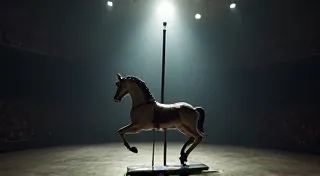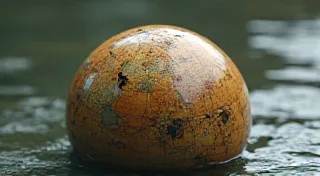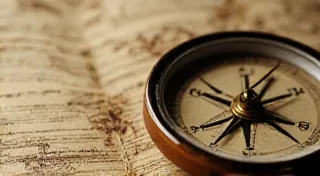Fragments of Paradise: Restoring Damished View-Master Reels to Their Former Glory
There's a particular scent that clings to a box of vintage View-Master reels: a faint aroma of cardboard, aging glue, and something else… a whisper of forgotten holidays, childhood wonder, and a sense of travel experienced vicariously. For those of us drawn to collecting these little windows to the past, the act of restoration isn’t merely a technical exercise; it's a form of preservation – a quiet dedication to keeping those fragments of paradise alive.
I remember the first set I inherited – a dusty, faded box containing reels depicting Niagara Falls and the 1964 World’s Fair. My grandfather, a quiet man of few words, would sit me on his lap, and we’d click through the images, the whir of the viewer a soundtrack to his stories of a time when he’s seen these places firsthand. Those reels weren’t pristine. Some were scratched, others a little warped, but they were real. They held the weight of his memories, and in a way, they became part of mine. That’s the magic of these things, the emotional connection that transcends their simple mechanics.
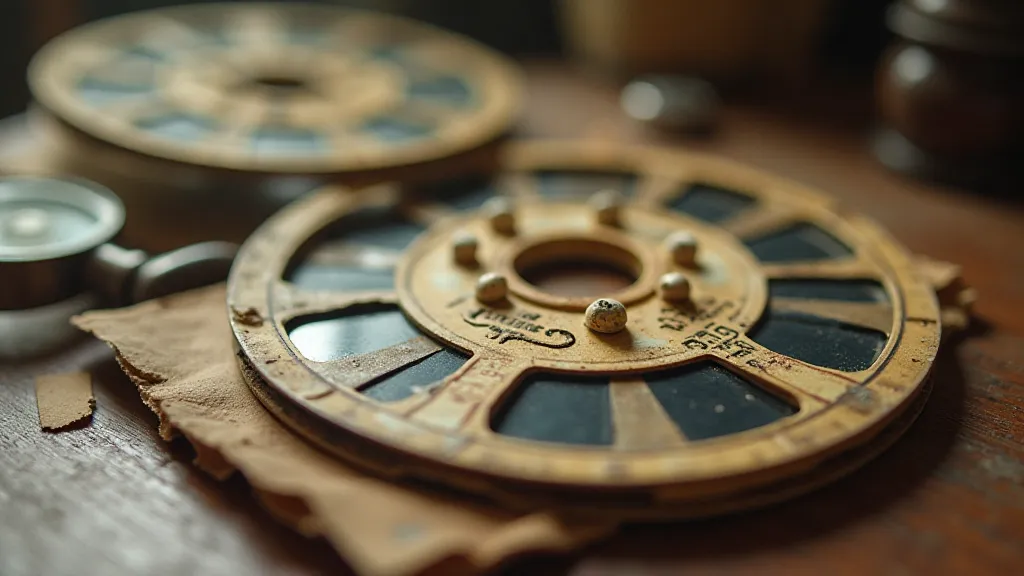
A Brief History: More Than Just a Toy
The View-Master, invented by William Deschler and Harold Avery in the 1930s, wasn’t just a toy; it was a technological marvel and a window to a world beyond. Initially marketed as a stereoscopic novelty, its popularity surged with the advent of color photography and the post-war boom in travel. Suddenly, families could experience the Grand Canyon, the Swiss Alps, or the Taj Mahal without ever leaving their living rooms. The Fisher Price acquisition in 1963 expanded its reach, solidifying its place as a beloved childhood staple. Understanding the evolution of consumer goods and their cultural impact during this era reveals fascinating insights. For those interested in the broader story behind these artifacts, exploring the tapestry of time through which they emerged offers a compelling perspective.
The craftsmanship itself is noteworthy. The reels weren’t mass-produced in the way we think of today's manufacturing. Each reel was painstakingly assembled, each image printed and mounted. The cardboard was often thicker and more durable than what’s used today, although time and handling have inevitably taken their toll. Examining these reels provides a glimpse into the manufacturing processes of the mid-20th century, a stark contrast to the modern, often disposable nature of many consumer products.
The Delicate Nature of Preservation
Vintage View-Master reels are fragile. They are susceptible to moisture, light, dust, and the inevitable wear and tear of age. Warping, scratches, mold, and broken strips are common ailments. But don’t despair! While a truly exceptional, pristine reel might be best left untouched, many reels can be significantly improved with careful attention and the right techniques.
Cleaning and Dust Removal: The Gentle Approach
The first step in restoration is often the simplest, yet most crucial: cleaning. Dust and grime accumulate over decades, obscuring the images and accelerating deterioration. A soft-bristled brush – a dedicated artist’s brush is ideal – is your best friend. Gently brush away surface dust, working in a circular motion. For more stubborn grime, a slightly damp (and I stress, slightly damp) cotton swab can be used. Distilled water is preferable to tap water, as it contains fewer minerals that could leave residue.
Important Note: Never use harsh chemicals or abrasive cleaners! These will damage the images and the cardboard. Less is always more. If you're unsure, leave it alone – a little dirt is better than permanent damage.
Addressing Warping: Humidity's Enemy
Warping is a common issue, often caused by fluctuations in humidity. The cardboard absorbs moisture and expands, then contracts as it dries, causing the reel to bow. While you can’t completely flatten a severely warped reel, some improvement can often be achieved by placing it between two sheets of acid-free cardboard under a heavy weight for several days. This applies gentle, even pressure, encouraging the cardboard to return to its original shape. Consistent humidity control in your storage environment is key to preventing future warping. A simple desiccant pack can do wonders. The colors themselves can also be affected by environmental factors; a deeper dive into this phenomenon reveals fascinating aspects of the tapestry of time and how they influence the visual experience.
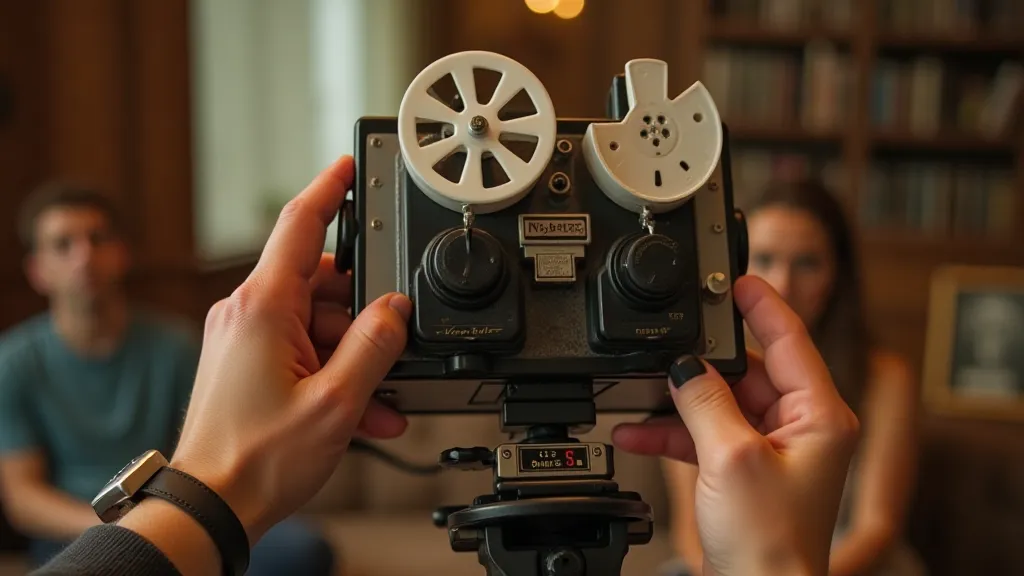
Repairing Broken Strips: A Delicate Operation
Damaged strips are perhaps the most challenging issue to address. Tears and breaks can often be repaired using archival-quality photo mounting tape. This tape is thin, strong, and acid-free, minimizing further damage. The key is to apply the tape carefully, aligning the edges precisely. Patience is paramount. Small pieces of tape may be needed to mend smaller tears. For significantly damaged strips, the reel may be beyond reasonable repair, and it's best to accept its condition as part of its character. Sometimes, a little imperfection tells a richer story.
Storage: A Sanctuary for Memories
Proper storage is essential for preserving your collection. Store reels in a cool, dry place, away from direct sunlight and extreme temperatures. Acid-free sleeves or boxes are a must. These protect the reels from dust, light, and moisture, extending their lifespan considerably. Avoid stacking reels directly on top of each other, as this can cause damage. Organize your collection in a logical manner – by theme, era, or region – to facilitate easy access and enjoyment. The stories encapsulated within these reels represent more than just travel destinations; they are fragments of a broader historical narrative, a window into a bygone era where the promise of adventure felt tangible and accessible. Exploring lost in the light can truly illuminate these historical details.
Beyond the Technical: Appreciating the Art
Restoring vintage View-Master reels is more than just a technical process; it's an act of appreciation – a recognition of the artistry and ingenuity that went into creating these miniature windows to the world. Each scratch, each faded image, tells a story – a testament to the passage of time and the enduring power of memory. By taking the time to care for these fragile treasures, we’re not just preserving objects; we’re preserving fragments of paradise – moments of wonder and joy that can be shared with generations to come. Considering the context in which these reels were created – a time before ubiquitous digital photography – reveals a unique connection to the experience of travel and the desire to share those experiences with others. The way images were captured and reproduced during that period involved complex processes, further adding to the fascination and the allure of the finished product.

The scent of cardboard and faded photographs… the whir of the viewer… the thrill of exploring a new place, even if only in miniature. These are the memories that vintage View-Master reels evoke, and it’s our responsibility to keep those memories alive, one carefully restored reel at a time. Delving deeper into these collections can reveal not only glimpses of the past but also unexpected narratives and untold stories. Sometimes, those stories lie hidden in the unreleased reels—those that never made it to the shelves. Trying to lost in the light of these forgotten journeys is a rewarding undertaking.

